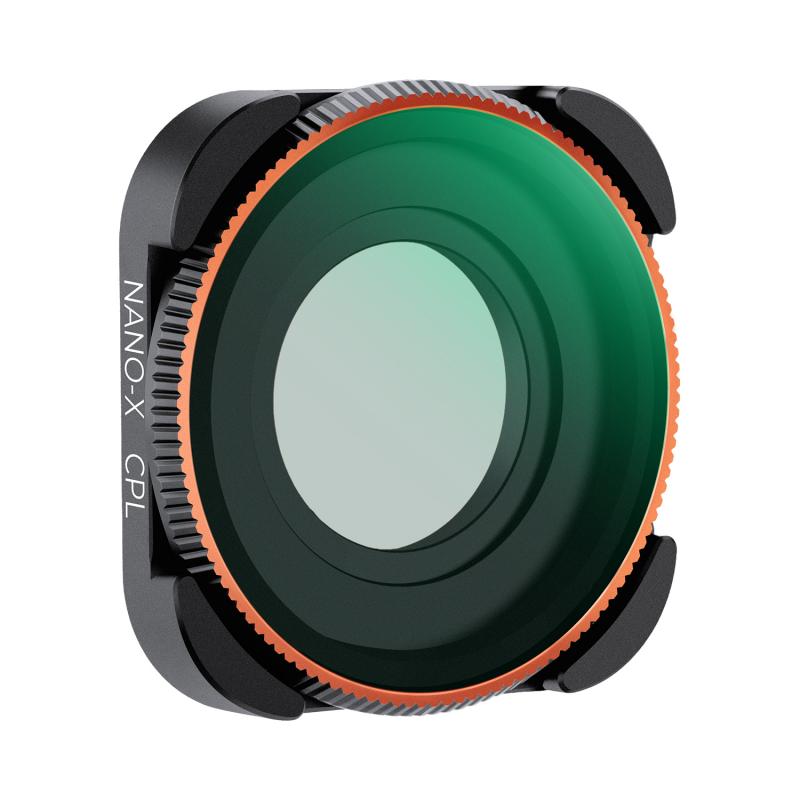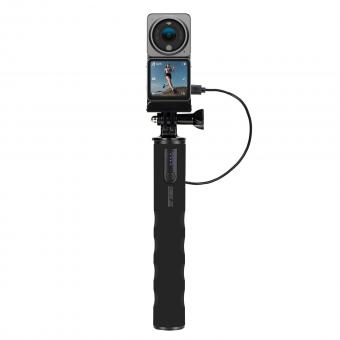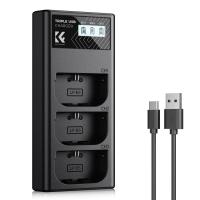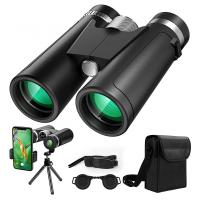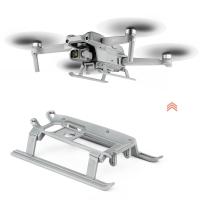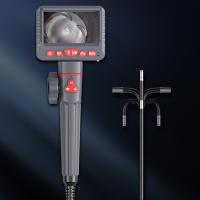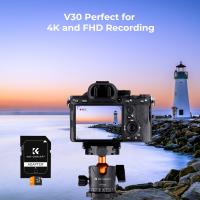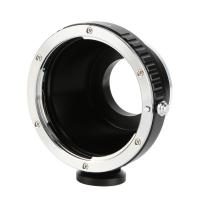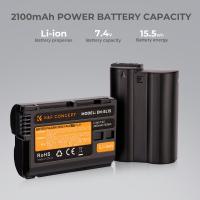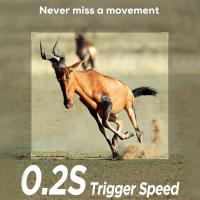How To Photograph Lightning Compact Digital Camera ?
To photograph lightning with a compact digital camera, you will need to follow a few steps. First, find a location with a clear view of the sky where you can see the lightning strikes. Next, set your camera to manual mode and adjust the settings. Start by setting a low ISO (around 100-200) to reduce noise in the image. Then, set a wide aperture (around f/5.6 or lower) to allow more light into the camera. Finally, set a long shutter speed (around 10-30 seconds) to capture the lightning bolts. Use a tripod to keep the camera steady during the long exposure. Once everything is set up, wait for the lightning to strike and press the shutter button to capture the image. Keep experimenting with different settings and compositions to get the best results.
1、 Understanding the basics of lightning photography with a compact camera
Understanding the basics of lightning photography with a compact digital camera can be an exciting and rewarding experience. While capturing lightning strikes can be challenging, with the right techniques and equipment, you can achieve stunning results. Here are some steps to help you photograph lightning with a compact digital camera:
1. Choose the right location: Find a spot with a clear view of the sky and a good vantage point. Avoid areas with too much light pollution or obstructions.
2. Use a tripod: Stability is crucial when photographing lightning. Mount your compact camera on a sturdy tripod to avoid camera shake and ensure sharp images.
3. Set your camera to manual mode: This allows you to have full control over the settings. Start with a low ISO (around 100-200) to reduce noise and set a narrow aperture (around f/8 to f/16) for a greater depth of field.
4. Use a long exposure: Lightning is a brief and unpredictable event, so using a long exposure will increase your chances of capturing a strike. Start with an exposure time of around 10-30 seconds and adjust as needed.
5. Use a remote shutter release or the camera's timer: This will prevent any camera shake caused by pressing the shutter button.
6. Be patient and observant: Lightning can strike at any moment, so keep your eyes on the sky and be ready to capture the action. Look for patterns or areas where lightning is more likely to occur.
7. Experiment with different compositions: Lightning can be a powerful subject, so try different angles and compositions to add interest to your photos.
Remember, safety should always be your top priority when photographing lightning. Stay away from open fields, tall objects, and seek shelter if a storm approaches. With practice and patience, you can capture stunning images of lightning with your compact digital camera.
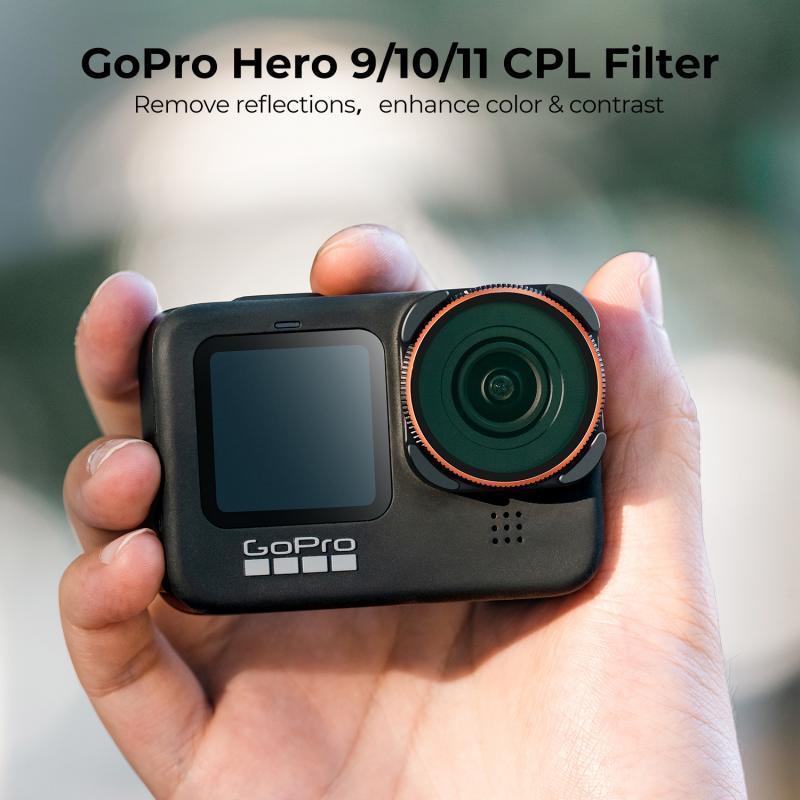
2、 Choosing the right settings for capturing lightning with a compact camera
Choosing the right settings for capturing lightning with a compact digital camera can be a bit challenging, but with the right approach, you can capture stunning images of this natural phenomenon. Here's a guide on how to photograph lightning with a compact digital camera:
1. Use a tripod: Stability is crucial when photographing lightning. Mount your compact camera on a sturdy tripod to avoid camera shake and ensure sharp images.
2. Manual mode: Switch your camera to manual mode to have full control over the settings. This allows you to adjust the shutter speed, aperture, and ISO according to the lighting conditions.
3. Shutter speed: Set your shutter speed to a long exposure, typically around 10-30 seconds. This allows the camera to capture multiple lightning strikes during the exposure, increasing your chances of capturing a great shot.
4. Aperture: Choose a narrow aperture (higher f-number) to increase the depth of field and ensure that both the lightning and the surrounding landscape are in focus.
5. ISO: Start with a low ISO setting, such as ISO 100 or 200, to minimize noise in your images. Increase the ISO if the lightning is too dim or if you want to capture faster strikes.
6. Manual focus: Switch to manual focus and set it to infinity. This ensures that your camera doesn't struggle to focus in low light conditions.
7. Timing: Anticipate the lightning strikes and be ready to press the shutter button. Alternatively, you can use a remote shutter release or set your camera to bulb mode, allowing you to keep the shutter open for an extended period and capture multiple strikes.
8. Experiment: Lightning photography is unpredictable, so don't be afraid to experiment with different settings and compositions. Adjust your exposure time, aperture, and ISO as needed to achieve the desired effect.
Remember, safety should always be your top priority when photographing lightning. Find a safe location, preferably indoors or in a sheltered area, and avoid standing near tall objects or bodies of water.

3、 Utilizing long exposure techniques for capturing lightning with a compact camera
Utilizing long exposure techniques for capturing lightning with a compact digital camera can be a challenging yet rewarding experience. With the advancements in technology, compact cameras have become more capable of capturing lightning strikes effectively. Here are some tips to help you photograph lightning with a compact digital camera:
1. Choose the right location: Find a spot with a clear view of the sky and minimal light pollution. This will increase your chances of capturing lightning strikes.
2. Use a tripod: Stability is crucial when shooting long exposures. Mount your compact camera on a sturdy tripod to avoid camera shake and ensure sharp images.
3. Set your camera to manual mode: This allows you to have full control over the exposure settings. Start with a low ISO (e.g., 100) to reduce noise and set a small aperture (e.g., f/8) for a greater depth of field.
4. Use a remote shutter release or self-timer: This helps to minimize camera shake when pressing the shutter button. Alternatively, you can use the camera's built-in timer function.
5. Experiment with exposure times: Lightning can be unpredictable, so it's best to use long exposure times (e.g., 10-30 seconds) to increase the chances of capturing a strike. However, be mindful of overexposing the image if there are frequent lightning flashes.
6. Be patient and observant: Lightning can occur in bursts or sporadically, so keep your eyes on the sky and be ready to capture the moment. It may take several attempts before you get the perfect shot.
7. Post-processing: Once you have captured your images, you can enhance them further using photo editing software. Adjusting the contrast, brightness, and saturation can help bring out the details in the lightning bolts.
Remember, safety should always be your top priority when photographing lightning. Stay away from open areas, seek shelter if necessary, and never put yourself at risk for the sake of a photograph.
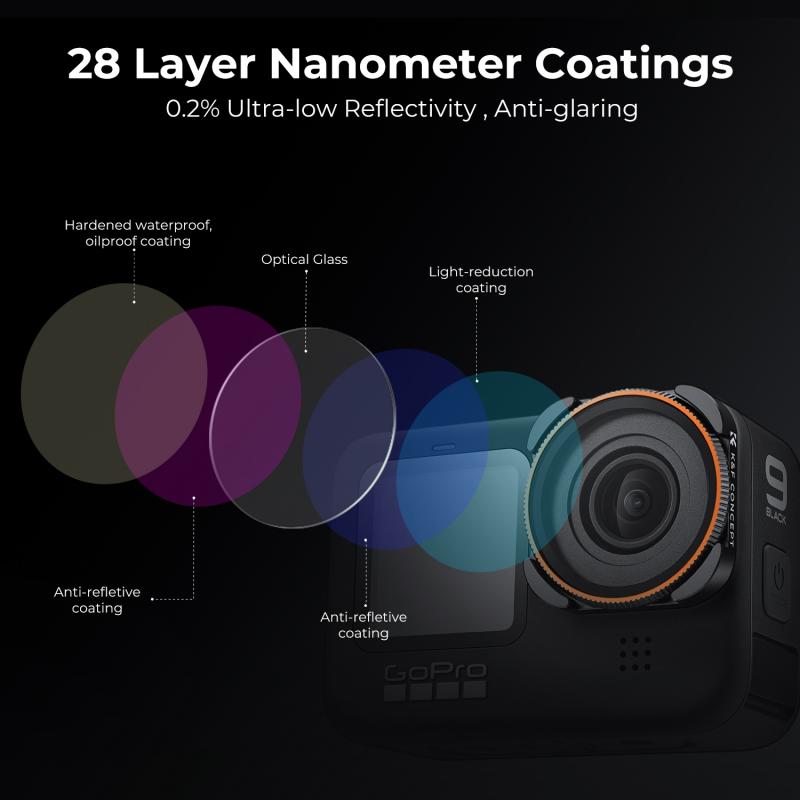
4、 Mastering composition and framing for lightning photography with a compact camera
Mastering composition and framing for lightning photography with a compact camera is an exciting and challenging endeavor. While compact digital cameras may not have all the advanced features of DSLRs, they can still capture stunning lightning shots with the right techniques. Here's a guide on how to photograph lightning with a compact digital camera:
1. Choose the right location: Find a spot with a clear view of the sky and minimal light pollution. This will allow you to capture the full impact of the lightning.
2. Use a tripod: Stability is crucial for capturing lightning, as it requires longer exposure times. Mount your compact camera on a sturdy tripod to avoid camera shake.
3. Set your camera to manual mode: This will give you full control over the settings. Start with a low ISO (around 100-200) to reduce noise and set a small aperture (around f/8-f/16) for a greater depth of field.
4. Long exposure: Lightning is unpredictable, so set your camera to bulb mode or use a long exposure setting (around 10-30 seconds). Keep the shutter open and wait for the lightning to strike.
5. Timing is key: Anticipate the lightning by observing the storm. Press the shutter just before the lightning strikes and release it after the bolt has disappeared. This will help you capture the perfect moment.
6. Experiment with different compositions: Lightning can be a powerful subject, so try different angles and perspectives to create visually striking images. Include interesting foreground elements to add depth and context to your shots.
7. Safety first: Remember to prioritize your safety when photographing lightning. Stay away from open areas and seek shelter if necessary. Use a remote shutter release or the camera's timer function to avoid touching the camera during exposure.
In conclusion, mastering composition and framing for lightning photography with a compact camera requires patience, practice, and a good understanding of your camera's capabilities. With the right techniques and a bit of luck, you can capture breathtaking lightning shots that showcase the beauty and power of nature.
